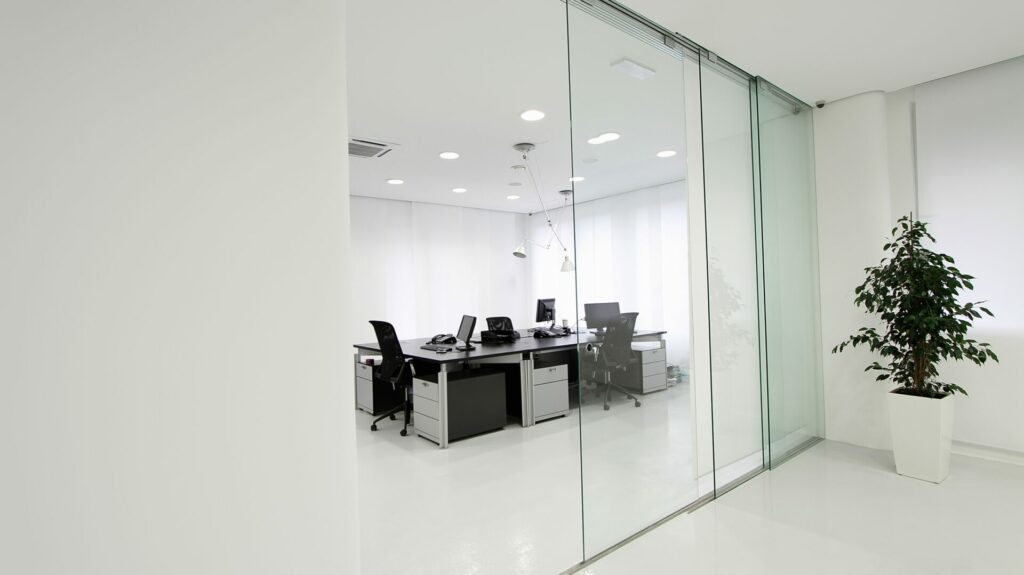Thermal Comfort in Work Environments: Increasing Well-Being and Productivity
The control of the microclimate in work environments is a challenge that every company must face: in the hot months, by containing cooling costs, and in the cold months, by managing heating costs.
Thermal comfort within a work environment is not just about the well-being of people, which by itself is a valid and sufficient reason to intervene, but it also affects productivity.
What makes achieving a healthy microclimate in the case of industrial buildings problematic is the fact that they often consist of poorly insulated properties and structures due to their construction period. This is the main reason for significant thermal dispersion, which in turn leads to a rather high thermal load. We discussed this in more detail in this article.
How can one intervene in the structure of industrial and commercial buildings to act on the indoor microclimate in a way that achieves thermal comfort? What are the strategies that companies and organizations should implement to increase well-being and productivity within their facilities and among their employees?
Index
Energy Efficiency and the Problems of Industrial Buildings
When talking about industrial buildings, we refer to a large number of properties with very different characteristics. There are production environments that, in addition to large floor areas, have significant volumes—spaces mainly occupied by people and others primarily by machinery and equipment. All of this significantly impacts the indoor environment and the management of a microclimate suitable for work and well-being.
However, one thing that generally unites all industrial and commercial buildings, or at least those that are not newly constructed, is energy efficiency. Overall, these properties do not perform very well; yet, for all companies, achieving energy efficiency goals cannot be just a dream.
From the perspective of energy efficiency, the energy retrofitting of an industrial property is of great importance: helping companies achieve sustainability goals that include a reduction in energy procurement is one of Serisolar’s objectives.
Too often, companies focus on solutions that promise low consumption for heating or cooling work environments when the problem often lies at the root: What air conditioning system can guarantee thermal comfort while consuming little if the starting temperature exceeds 30°C? Or better yet, what air conditioning system can achieve this at all, regardless of energy expenditure?
The issue is complex, but companies and organizations cannot afford to misuse energy resources or create unhealthy microclimatic conditions. The problem of temperature control must be solved without excessive energy use.
Temperature Control and Thermal Comfort
As mentioned, maintaining a healthy climate inside workshops, factories, industrial buildings, and offices is not always easy: these are often large spaces that may have transparent surfaces like windows or translucent surfaces like skylights and generally have opaque coverings different from those of residential properties.
Nevertheless, temperature and humidity control is crucial to creating an optimal work environment for both people and equipment. A pleasant and comfortable microclimate is required by law because it promotes the well-being of people, and various studies have shown how these internal climatic values are closely linked to the productivity not only of machines but also of people.
The factors that contribute to achieving thermal comfort are varied, not just temperature and air humidity but also the air quality itself. These are measurable elements that can vary significantly throughout the day, depending on the solar exposure of the building and solar radiation.
An effective way to allow air conditioning systems to reach the ideal temperature and heating systems to do the same is to intervene to better shield and insulate work environments. Sometimes the characteristics of these buildings render structural interventions ineffective that might otherwise help reduce thermal dispersion, such as internal or external thermal insulation.
So, what solution should be chosen to gain control over the indoor microclimate and truly achieve thermal comfort?

Solutions to Achieve Thermal Comfort in Work Environments
Interventions that reduce the greenhouse effect while containing energy costs are passive interventions. In buildings with windows, skylights, or opaque coverings, the solution to increase shielding from the outside consists of applying window films and heat-reflective paints.
These interventions achieve solar radiation shielding in the warmer months and enhance indoor insulation in the colder months. They are called passive interventions because they make a fundamental contribution to achieving thermal comfort but do not require any energy expenditure.
By helping to make the indoor microclimate cooler during the hot periods and retaining heat during the cold periods, window films and paints prove to be incredible allies of cooling and heating systems. These systems can operate more efficiently and with significantly reduced energy consumption to achieve thermal comfort in work environments.
The cooling system mentioned a few lines above will no longer have to reach the ideal temperature starting from over 30°C but from a much lower base temperature. This means that our system will be able to bring the temperature to the required values, and yes, it will do so using significantly less energy. Solar shading has the advantage of not having management costs and effectively contributing to energy cost reduction. In this specific sector, the product and the intervention often have equal value; this means that a high-quality product loses value if installed without skill and by incompetent technicians. As in any other field, the solutions available on the market are numerous, making consulting crucial to identifying the most suitable choice on a case-by-case basis.
Well-being According to Serisolar is Sustainable
Serisolar has taken an important step by deciding to select only high-quality products and to train competent and updated installation technicians. The products we offer come from leading companies in the industry that care about sustainability as much as we do because achieving thermal comfort cannot be a well-being goal at the expense of the environment.
The other cornerstone where we are unmatched is the preparation of our consultants, who approach the energy retrofitting of each industrial building with the attention and seriousness that we have always applied to every project.
Contact us to learn how our consulting can help you find the right solution to achieve thermal comfort within your company.







